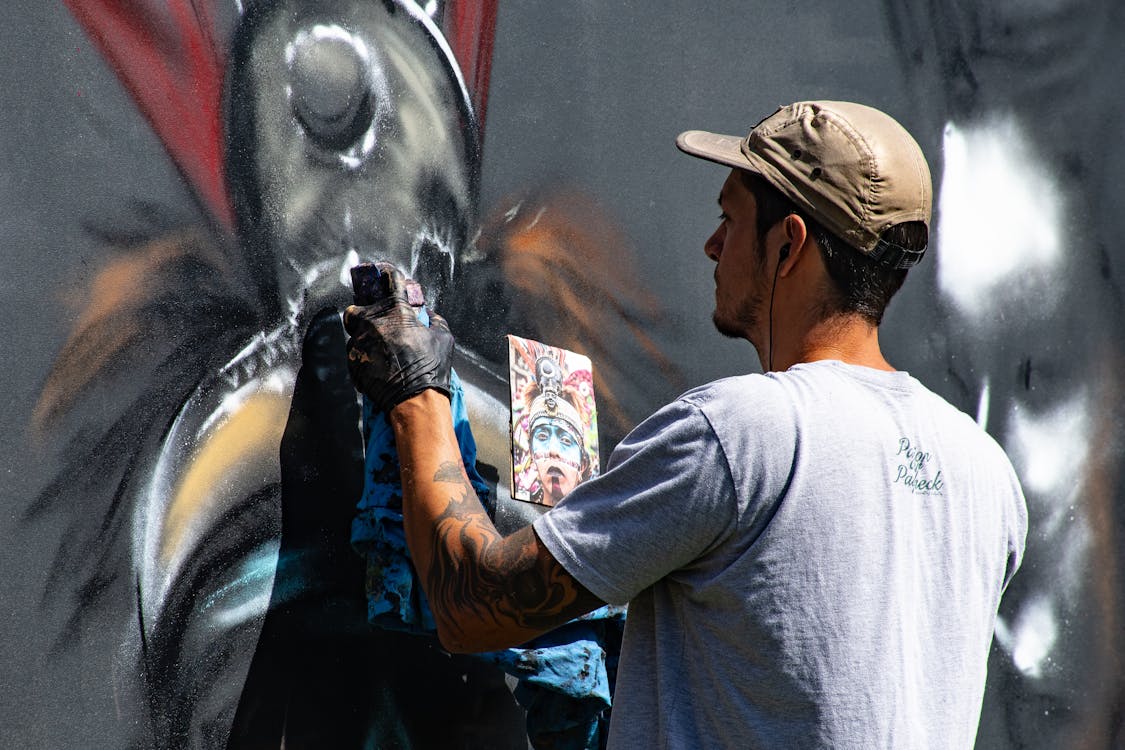Introduction
Street art has come a long way from being considered vandalism to being celebrated as a form of public art. The evolution of street art has been shaped by cultural, political, and technological developments, leading to its recognition as a significant cultural movement.
From Graffiti to Street Art
Graffiti, the precursor to street art, emerged in the late 1960s as a way for inner-city youth to express themselves and make a statement. However, graffiti was often seen as vandalism and was heavily criticized by authorities and the general public.
In the 1980s and 1990s, graffiti evolved into street art, with artists moving away from vandalism and instead using public spaces as a canvas for their art. Street art became a way for artists to comment on society and express their views on political and cultural issues.
The Emergence of Street Art Festivals
The recognition of street art as a legitimate form of public art has led to the emergence of street art festivals. These festivals provide a platform for artists to showcase their work and engage with audiences, leading to increased exposure and recognition of street art.
The rise of street art festivals has also led to the commodification of street art, with some artists selling their work for large sums of money. This has raised questions about the authenticity of street art and its role in the art world.
The Impact of Technology
Technology has also played a significant role in the evolution of street art. The rise of social media has allowed street artists to reach a wider audience, increasing the visibility and recognition of their work.
In addition, advances in digital technology have enabled artists to experiment with new mediums, such as projection mapping and augmented reality. This has opened up new avenues for street artists to explore and has led to the creation of more immersive and interactive street art experiences.
Street Art as a Political Tool
Street art has also been used as a political tool to comment on social and political issues. Street artists have used their work to address a range of issues, from police brutality to climate change. This has led to street art becoming a form of protest, allowing artists to express their views on current events and bring attention to important issues.
Conclusion
The evolution of street art from graffiti to a celebrated form of public art is a testament to its cultural significance. The emergence of street art festivals, the impact of technology, and its use as a political tool have all contributed to its recognition as a cultural movement. Despite its commercialization, street art remains an important form of self-expression and a means for artists to comment on society and engage with audiences.
![In the Know with Informium: Discovering [The World] In the Know with Informium: Discovering [The World]](https://blogger.googleusercontent.com/img/a/AVvXsEgcDyR0p1ytrjUEjbVNRJ1Rt66C4X1HYJkQZjuSh_BLJNHQVjppjSqTkcbP2tqgWZ84RhZMkFxCHCC-SxGuMPnSww7DG8x0MVE6d7sDvaEGkbPJuvtq_uY2i7hHDjuprQUzeDt2QcAcWChEFl49Huojm3fLHYpSjoXabD75WmhgSI2yfCktm3WuB86PMQ=s150)
